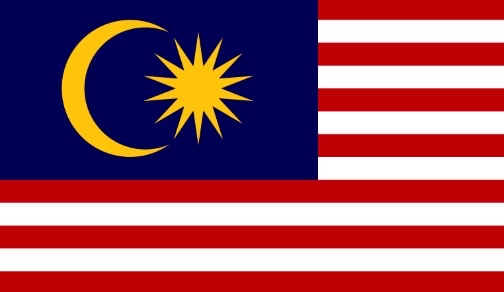Spatiotemporal dengue fever hotspots associated with climatic factors in Taiwan including outbreak predictions based on machine-learning

Published: 6 November 2019
Abstract Views: 5441
PDF: 2192
APPENDIX: 235
HTML: 328
APPENDIX: 235
HTML: 328
Publisher's note
All claims expressed in this article are solely those of the authors and do not necessarily represent those of their affiliated organizations, or those of the publisher, the editors and the reviewers. Any product that may be evaluated in this article or claim that may be made by its manufacturer is not guaranteed or endorsed by the publisher.
All claims expressed in this article are solely those of the authors and do not necessarily represent those of their affiliated organizations, or those of the publisher, the editors and the reviewers. Any product that may be evaluated in this article or claim that may be made by its manufacturer is not guaranteed or endorsed by the publisher.
Similar Articles
- Leonardo Augusto Kohara Melchior, Francisco Chiaravalloti Neto, Spatial and spatio-temporal analysis of malaria in the state of Acre, western Amazon, Brazil , Geospatial Health: Vol. 11 No. 3 (2016)
- Xiao Li, Amanda Staudt, Lung-Chang Chien, Identifying counties vulnerable to diabetes from obesity prevalence in the United States: a spatiotemporal analysis , Geospatial Health: Vol. 11 No. 3 (2016)
- Lorenzo Cecconi, Anna Busolin, Fabio Barbone, Diego Serraino, Alessandra Chiarugi, Annibale Biggeri, Dolores Catelan, Spatial analysis of incidence of cutaneous melanoma in the Friuli Venezia Giulia region in the period 1995-2005 , Geospatial Health: Vol. 11 No. 1 (2016): Valencia Issue
- Seong-Yong Park, Jin-Mi Kwak, Eun-Won Seo, Kwang-Soo Lee, Spatial analysis of the regional variation of hypertensive disease mortality and its socio-economic correlates in South Korea , Geospatial Health: Vol. 11 No. 2 (2016)
- Timothy Shields, Jessie Pinchoff, Jailos Lubinda, Harry Hamapumbu, Kelly Searle, Tamaki Kobayashi, Philip E. Thuma, William J. Moss, Frank C. Curriero, Spatial and temporal changes in household structure locations using high-resolution satellite imagery for population assessment: an analysis in southern Zambia, 2006-2011 , Geospatial Health: Vol. 11 No. 2 (2016)
- Carla V.V. Rollemberg, Marília M.B.L. Silva, Karla C. Rollemberg, Fábio R. Amorim, Nayanna M.N. Lessa, Marcos D.S. Santos, Acácia M.B. Souza, Enaldo V. Melo, Roque P. Almeida, Ângela M. Silva, Guilherme L. Werneck, Mario A. Santos, José A.P. Almeida, Amélia R. Jesus, Predicting frequency distribution and influence of sociodemographic and behavioral risk factors of Schistosoma mansoni infection and analysis of co-infection with intestinal parasites , Geospatial Health: Vol. 10 No. 1 (2015)
- Sabelo Nick Dlamini, Jonas Franke, Penelope Vounatsou, Assessing the relationship between environmental factors and malaria vector breeding sites in Swaziland using multi-scale remotely sensed data , Geospatial Health: Vol. 10 No. 1 (2015)
- David E. Koch, Rhett L. Mohler, Douglas G. Goodin, Stratifying land use/land cover for spatial analysis of disease ecology and risk: an example using object-based classification techniques , Geospatial Health: Vol. 2 No. 1 (2007)
- Vincent Martin, Lorenzo De Simone, Juan Lubroth, Pietro Ceccato, Véronique Chevalier, Perspectives on using remotely-sensed imagery in predictive veterinary epidemiology and global early warning systems , Geospatial Health: Vol. 2 No. 1 (2007)
- Emanuela Dreassi, Corrado Lagazio, Milena M. Maule, Corrado Magnani, Annibale Biggeri, Sensitivity analysis of the relationship between disease occurrence and distance from a putative source of pollution , Geospatial Health: Vol. 2 No. 2 (2008)
You may also start an advanced similarity search for this article.











